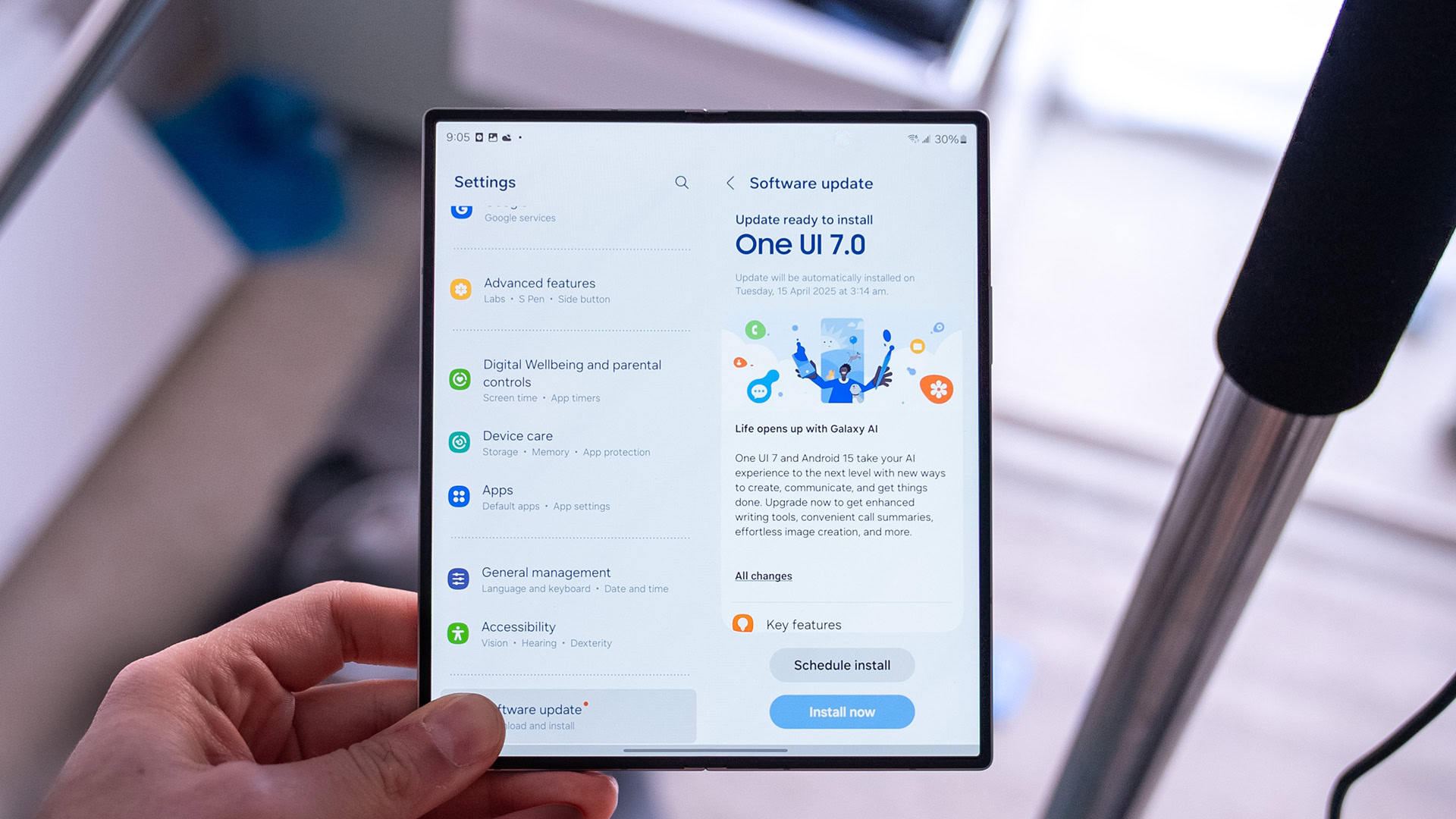Recovery Tips for Neck Lift Surgery Patients in Abu Dhabi
Neck lift surgery, also known as cervicoplasty or platysmaplasty, is a cosmetic procedure aimed at rejuvenating the neck area by removing excess skin and tightening underlying muscles.
1. Introduction
1.1. Overview of Neck Lift Surgery
Neck lift surgery, also known as cervicoplasty or platysmaplasty, is a cosmetic procedure aimed at rejuvenating the neck area by removing excess skin and tightening underlying muscles. This procedure is popular among individuals seeking to enhance their profile and reduce the visible signs of aging.

1.2. Importance of Recovery Tips
Recovering from Neck lift surgery in Abu Dhabi requires careful attention to ensure optimal results and avoid complications. Proper post-operative care not only aids in a smoother recovery process but also maximizes the long-term benefits of the surgery.
2. Preparing for Neck Lift Surgery
2.1. Pre-Surgery Consultation
Before undergoing neck lift surgery, a thorough consultation with a board-certified plastic surgeon is essential. This discussion helps in understanding the specifics of the procedure, assessing individual suitability, and setting realistic expectations regarding outcomes and recovery.
2.2. Understanding the Procedure
It's crucial to have a clear understanding of what the surgery involves. This includes knowing the incision sites, the techniques used for tightening the skin and muscles, and the expected recovery time. Your surgeon will provide detailed information tailored to your specific needs.
2.3. Setting Realistic Expectations
Setting realistic expectations about the surgery and recovery process can help mitigate any potential disappointments. Understand that results take time to fully materialize and that patience is key to achieving the best outcomes.
3. Immediate Post-Surgery Care
3.1. Initial Recovery Phase
Immediately after surgery, it’s normal to experience swelling, bruising, and discomfort. This is a part of the natural healing process. Your surgeon will provide specific instructions on how to manage these symptoms and what to expect in the initial days following the procedure.
3.2. Managing Discomfort
Pain management is a crucial aspect of recovery. Your surgeon may prescribe pain medication to help manage discomfort. Adhere to the prescribed dosage and consult your doctor if you experience excessive pain or unusual symptoms.
3.3. Care for Surgical Dressings
Proper care of surgical dressings is vital to prevent infection and promote healing. Keep the area clean and dry as per your surgeon's instructions. Avoid touching or adjusting the dressings yourself unless advised to do so.
4. At-Home Recovery Tips
4.1. Rest and Recuperation
Adequate rest is essential for a successful recovery. Plan to take time off work and avoid strenuous activities that could impede healing. Elevate your head while resting to help reduce swelling.
4.2. Sleeping Position
Sleeping with your head elevated can help minimize swelling and discomfort. Use extra pillows or a recliner to keep your head in a raised position. Avoid sleeping on your stomach or side as this could affect the healing process.
4.3. Pain Management
Continue following your surgeon’s pain management plan. Over-the-counter pain relievers may be used if recommended, but always consult your doctor before taking any medication.
4.4. Avoiding Strain and Physical Activity
Limit physical activities and avoid any heavy lifting or strenuous exercise during the initial recovery period. Gradually resume activities as advised by your surgeon to prevent complications.
5. Diet and Hydration
5.1. Nutritional Recommendations
A balanced diet supports the body’s healing process. Focus on consuming protein-rich foods, fruits, and vegetables to aid in tissue repair and overall recovery. Avoid foods that are high in salt and sugar as they can contribute to swelling and slow down healing.
5.2. Hydration Tips
Staying hydrated is crucial for recovery. Drink plenty of water to help flush out toxins and keep your skin healthy. Adequate hydration also supports the body’s natural healing processes.
5.3. Avoiding Alcohol and Smoking
Both alcohol and smoking can interfere with the healing process and increase the risk of complications. It’s advisable to avoid these substances before and after surgery to ensure the best possible outcomes.
6. Follow-Up Care
6.1. Importance of Regular Check-Ups
Regular follow-up appointments with your surgeon are important for monitoring your recovery progress. These visits allow your surgeon to assess healing, address any concerns, and make necessary adjustments to your recovery plan.
6.2. Monitoring for Complications
Be vigilant for signs of complications such as severe pain, excessive swelling, or unusual discharge. Contact your surgeon immediately if you experience any of these symptoms to address potential issues promptly.
6.3. Communicating with Your Surgeon
Maintain open communication with your surgeon throughout the recovery process. Discuss any concerns or questions you have, and follow their guidance carefully to ensure a smooth recovery.
7. Long-Term Recovery and Results
7.1. Understanding the Healing Timeline
Full recovery from neck lift surgery can take several weeks to months. Understanding the healing timeline helps manage expectations and prepare for the gradual improvement in appearance.
7.2. Signs of Successful Recovery
Signs of successful recovery include reduced swelling, improved skin tightness, and the disappearance of bruising. As you progress, you should notice a more defined neck contour and enhanced overall appearance.
7.3. When to Resume Normal Activities
Your surgeon will provide guidance on when you can resume normal activities and exercise. Follow their advice to avoid any actions that could jeopardize your recovery and ensure the best results.
8. Psychological and Emotional Well-being
8.1. Managing Post-Surgery Emotions
It’s normal to experience a range of emotions after surgery. Being aware of these emotional changes and discussing them with a support network or counselor can help in managing post-surgery stress and anxiety.
8.2. Seeking Support and Counseling
Consider seeking support from friends, family, or professional counselors to help you navigate the emotional aspects of recovery. Emotional well-being plays a significant role in the overall success of your recovery process.
9. Common Concerns and FAQs
9.1. Frequently Asked Questions
-
How long will the swelling last?
Swelling typically decreases within the first few weeks, but minor swelling may persist for a few months. Following your surgeon’s post-operative care instructions can help manage swelling effectively. -
When can I return to work?
The timeline for returning to work varies depending on the nature of your job and your recovery progress. Generally, you can expect to return to work within 1-2 weeks, but consult your surgeon for personalized advice. -
Are there any restrictions on physical activity?
Yes, it’s important to avoid strenuous activities and heavy lifting for several weeks post-surgery. Gradually resume physical activities as advised by your surgeon. -
How do I know if there are complications?
Watch for symptoms such as severe pain, excessive swelling, or unusual discharge. Contact your surgeon immediately if you notice any concerning signs. -
When will I see the final results?
Full results from a neck lift surgery may take several months to become apparent. Patience is key as swelling subsides and the healing process continues.
10. Conclusion
10.1. Summary of Key Points
Recovering from neck lift surgery requires attention to detail and adherence to your surgeon’s guidelines. By following the recovery tips provided, you can enhance your healing process and achieve the desired results.
10.2. Final Thoughts
Neck lift surgery can significantly improve your appearance and self-confidence. With proper care and a well-managed recovery plan, you can enjoy the benefits of your surgery and look forward to a refreshed, youthful neck contour.
What's Your Reaction?
 Like
0
Like
0
 Dislike
0
Dislike
0
 Love
0
Love
0
 Funny
0
Funny
0
 Angry
0
Angry
0
 Sad
0
Sad
0
 Wow
0
Wow
0















































